
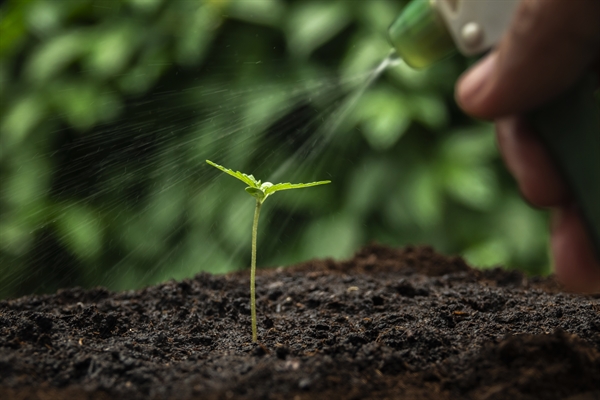
In 27516, Laila Nelson and Tanner Zhang Learned About Pick Up Grass Clippings
Grass experts often suggest “topdressing” yards with a thin layer of garden compost. The product is spread out one-quarter to one-half inch thick in spring or fall, depending upon regional environment and soil. * Garden compost enhances the moisture-holding capability of the soil, includes nutrients, and feeds soil microorganisms. These microbes are key to the intricate process that makes food readily available to grass plants.
Compost spread out on top of thatch can also speed thatch decay and remove the labor of mechanical elimination. However there is a problem: Garden compost quality varies. Whether you buy it by the bag, pick it up at the municipal leaf dump or have it delivered by the yard, how can you understand that it is “good” garden compost? Think about these concerns: Is it at the completed stage?Does it include undesirable components such as dyes or developing materials?Are there viable weed seeds in the material?Could it have pesticide residues? The parent materials and the composting process both affect the quality of the end product.
” That is to utilize compost that has actually undergone compost-specific testing.” Recognizing the issue this develops for customers and the land care industry alike, the USCC began the Seal of Screening Assurance (STA) in 2000. STA is a screening, labeling, and disclosure program created to bring presence into the world of compost sales.
STA takes a look at 14 compost attributes consisting of natural matter, salts, p H, significant nutrients, pathogens, metals, stability, and maturity. Rattie says one of the biggest concerns is the existence of pesticide residuals. Reliable compost, however, carries little of this risk. “A proper composting system damages the overwhelming majority of pesticides and herbicides,” states Rattie.
” The bulk of STA participants sell wholesale through local landscape supply lawns, garden centers, and through direct sales,” states Rattie. USCC provides several resources to find STA compost and a calculator to assist figure out the quantity: Discover a list of 200+ STA participants See Buy Compost.com and use the USCC’s compost calculator on the upper right of the homepage.
” Bagged compost materials just one cubic foot of product,” he states. “It takes 27 bags to get one cubic backyard. Do the mathematics!” When we utilized the compost calculator offered by the USCC at Buy Compost.com, we discovered that a one-quarter inch layer on a quarter-acre yard (10,000 square feet) needs 7.7 cubic yards or 5.9 cubic meters of compost.
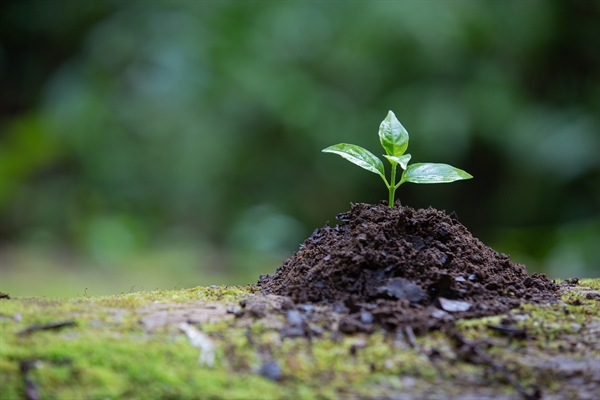
” Golf course and ball field superintendents having been using this method successfully for several years,” he states. Compost is spread out in spring or fall, but there are necessary nuances. In cool-season locations, the spring application is typically lighter and the fall application heavier. In the south, topdress warm-season grasses in early spring.
Basically, garden compost is broken down natural matter but that doesn’t discuss much. To a romantic, garden compost is the extremely essence of life. The living element of the soil accountable for a myriad of the most superb and complex procedures known to man. Organisms nourishing organisms all the way up the food chain from simple germs to crops to people, none of it possible without decomposed natural matter: garden compost.
In 30092, Quinn Gould and Wyatt Knapp Learned About With Grass
It is the stuff of life, teeming with microorganisms that enter into the nutrient cycle of plants. Garden compost can be made little scale; in a yard or below a sink, or large scale; in huge windrows turned by front-end loaders or other specialized equipment. Either method, it is everything about decomposing raw material until all that is left is a rich, dark, musty, almost fragrant compound with the consistency of potting soil.
Hay, straw, fish gurry, animal manure, branches, tree bark, and seashells are typically used to make up the composition of compost. The garden compost is normally combined two parts dry product (bark, leaves) to one part wet or green material (lawn clippings, fish gurry) and left in either containers, piles or windrows to break down.
Disintegrating compost ought to remain uniformly wet but not damp. Depending upon the kind of composting system, it can take anywhere from a few months to a year or more to end up the procedure, often described as “cooking.” Actively rotting garden compost is stated to be cooking due to the fact that temperatures can reach anywhere from 120 to 160 F.
Warning Compost is ruled out appropriately cooked unless it has reached these high temperature levels enough time to sterilize weed seeds and remove damaging germs found in some manures. Eventually, more complicated organisms like amoeba and nematodes take in the simpler bacteria and fungi, the pile begins cooling while the nutrients in the compost become a growing number of focused from their waste items and additional decay.
Compost that is not entirely finished can have an ammonia smell to it and might not provide the desired results or it can even hurt the plants as it continues to cook. It’s the bacteria in garden compost that give it its magic. Millions of microbes go to work in the soil, biking nutrients and making them readily available to be taken up by the plant.
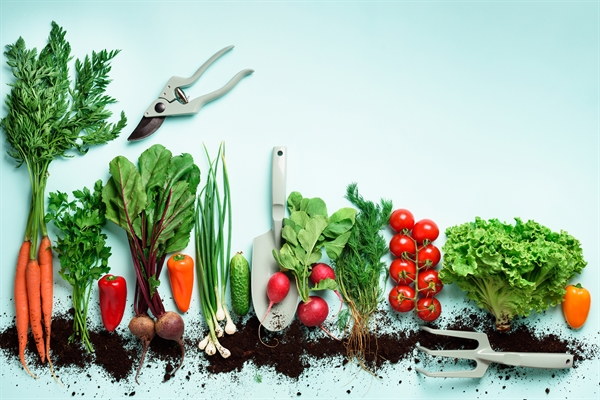
Garden compost is also filled with micronutrients and other complex biology that is very beneficial for plant development. Compost adds life to the food web, ultimately leading to healthier turf. Good quality garden compost consists of a high portion of ended up natural matter with the rest being made up by smaller unfinished raw material like wood chips, sawdust, seas shells and mulched leaf matter.
Compost can be spread out by hand with shovels by utilizing a throwing action to attempt and achieve a layer about 1/4″ thick. It can be ravelled with a rake to blend it in a little much better and after several days it will not even be obvious on the surface of the lawn.
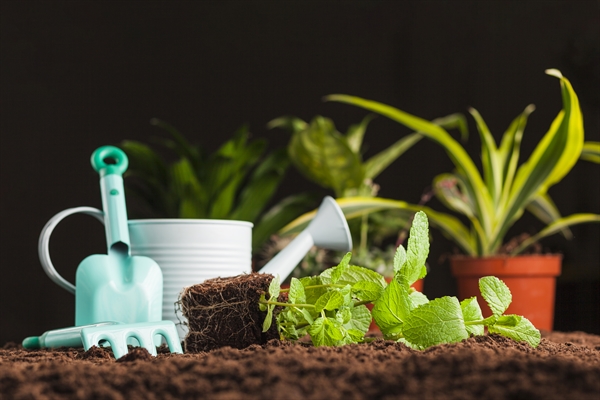
Applying the compost instantly after seeding and aerating is an excellent method to integrate the compost straight into the soil and offer a jump start for seedlings. Just doing this as soon as or two times a year will benefit the lawn more than lots of quick-fix products that are convenient but not constantly the best choice.
In 30126, Nehemiah Kramer and Harmony Lara Learned About Lawn Clippings
Preferably, a yard would be topdressed with compost several times a year however a composting program will eventually be determined by time and money. The target for a composting program ought to for a lawn’s soil to include 5% raw material. It looks like a percentage but it can take years to build up in certain soils.
Once organic matter starts to develop up in the soil, topdressing can be cut back to as soon as or twice a year. Also, the need to fertilize and water the lawn will start to decline as the soil begins to offer ideal growing conditions for turf. Weed, pest and disease pressure will reduce as well, leading to cost savings over the long term as the work of the healthy soil replaces the life assistance system of synthetic fertilizers and chemical pesticides.
House & Garden Green Living How to Top-Dress Lawns with Garden Compost By Cathy Cromell, The National Gardening Association If you’ve gone through the effort of making rich garden compost of your own, you can use it to top-dress your yard for thicker, healthier turf. You can utilize garden compost to top-dress both new and existing lawns.
Top-dressing is especially valuable in dry climates or throughout dry or breezy spells, where the soil and seeds easily dry out within hours. (If a sprouted seed dries out, it’s a goner.) On an existing lawn: Top-dressing with garden compost may also renew existing lawns. Yards often become compressed with time from foot traffic, play, and mowing, which avoids air, water, and nutrients from flowing easily through the grass’s root zone.
To core aerate a little patch of turf, use a customized foot press that you can discover at your regional house and garden store. For big lawns, lease a maker from an equipment supply business or work with a lawn upkeep firm. When top-dressing with garden compost, you must only use evaluated garden compost or compost with particle sizes of 3/8-inch or less.
Likewise, take care to top-dress with garden compost that’s ensured without weed seeds, or you might be sowing a future weeding problem into your lawn! No matter where you live, the very best time to aerate and top-dress your yard is when it is most actively growing. This allows the yard to vigorously rebound after having holes typed it.
Avoid aerating these turfs throughout summer’s extreme heat, which might stress roots. Although some development occurs in early fall, these kinds of grasses go semi- or fully inactive as weather cools, making healing after a late aeration more demanding. Likewise, early aeration promotes much better penetration of summer and fall rains through the soil when it’s most useful for growth.
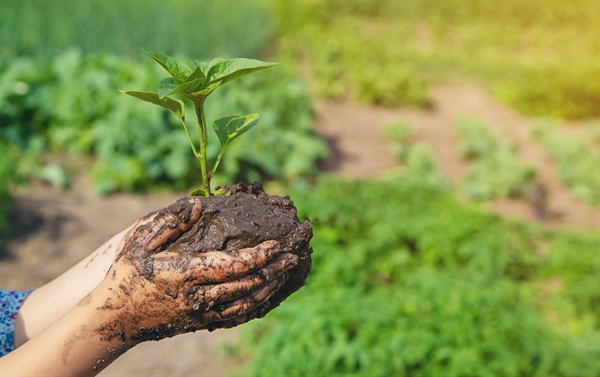
If you reside in a warm environment that enables year-round lawns, you have different choices. The finest time to aerate and top-dress is early to mid-summer when your warm-season lawn (such as Bermuda yard) is actively growing. You need to also use garden compost top-dressing (without aeration) after overseeding your summer season lawn with a cool-season lawn (such as ryegrass) in the fall.

In 6824, Beatrice Lawrence and Roderick Beltran Learned About Grass Clippings Mulch
The arrival of summertime advises us that it’s not far too late to nurture your yard the healthy method with organic garden compost from World Natural. As lawn-spraying services broaden their grip on suburbia it is essential to bear in mind that utilizing natural practices to encourage turf in your yard safeguards your animals and family from hazardous chemical fertilizers and herbicides.
It will significantly increase useful microbial activity in your soil, benefiting your yard much more. And it’s a great way to treat the spots in your lawn that are thin, brown and unhealthy. From Organic Lawns, Healthy Soil: “Developed yards benefit greatly from a single annual application of garden compost, even more significantly from 2.
Depending upon your yard’s size, a wheel barrow and a shovel might be the very best way to distribute compost around your lawn, followed by a great raking (a push broom will likewise work) to disperse it more equally. Though hard to find and frustrating to utilize successfully, a compost wheel or peat spreader can distribute garden compost across little backyards though they can be hard to press and need to be filled up typically.
Garden compost ought to be spread out no greater than a half-inch deep. The concept is not to bury turf blades, smothering them and keeping them from sunlight. If that means less than a half-inch of garden compost, then decrease your application. You desire turf blades exposed to oxygen and sunshine. Applying compost to problem areas will also help cure them.” Adding compost will help your yard’s soil maintain wetness throughout the long hot months of summertime, keeping your grass greener longer.
Do Garden compost: Turf clippings, leaves, stalks, dead plants, branches approximately pencil size, and many weeds. Do Not Compost: Weed seeds and intrusive weeds like ivy (they resprout!), infected plants, family pet waste, clippings treated with weed or bug killers, or food waste. Instead, try the rodent-resistant methods described in Food Waste Composting.
It takes 6 to 12 months for soil animals to change a lot of backyard waste into completed garden compost. For faster composting, keep your pile as wet as a wrung-out sponge. Slice up stalks and twigs. Mix “green” products like lawn clippings with “browns” like fall leaves and stalks. Symptom Cause Service Bad smells Pile too wet, no air, or consists of food or animal waste Turn pile.
Get rid of food. Stack is dry Insufficient water Turn stack. Add water to keep as damp as a sponge. Moist enough, however slow composting Inadequate “greens” Turn stack. Include “greens” like turf, plants, or manure Slimy turf, ammonia smell Too much fresh yard in stack Leave clippings on yard, rather of composting.
Stack shrunken, however looks un-decomposed Leading too dry, completed compost is at bottom Harvest finished garden compost from bottom. Start brand-new stack with un-composted product. Contact the specialists at the Garden Hotline at (206) 633-0224 (language analysis available) or at Garden Hotline. Composting at Home Guide (pdf) – Demand a complimentary copy.
In Greenfield, IN, Guadalupe Mccarty and Emilie Pitts Learned About Putting Grass Clippings In Garden
Garden Compost Resource List (pdf) – Lists bin providers, tools, and more. Composting Questions & Responses (pdf) – Answers to some common questions. Tilth Alliance – Uses classes in composting and organic gardening, and home-made garden compost bin strategies.